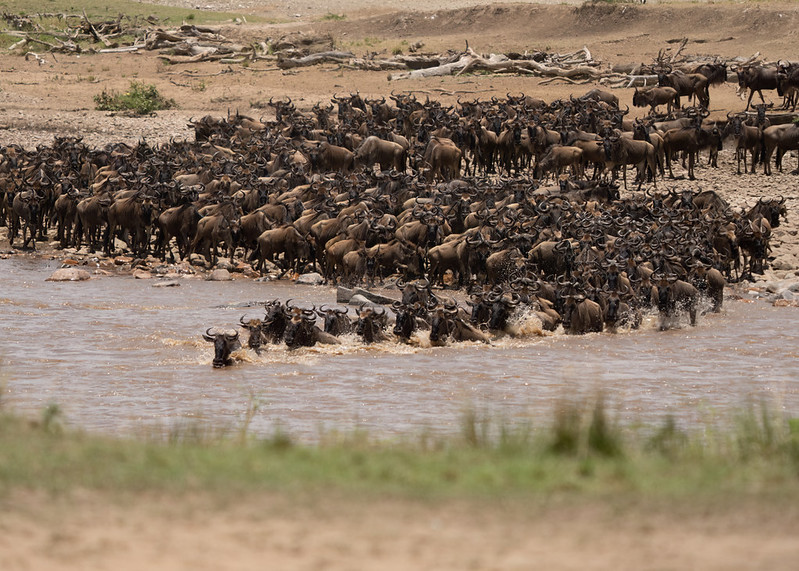A Comprehensive Guide for Kilimanjaro National Park
A Comprehensive Guide for Kilimanjaro National Park
Kilimanjaro National Park
Kilimanjaro National Park is a place of superlatives. Nestled in northern Tanzania, this UNESCO World Heritage Site is home to the tallest freestanding mountain in the world, Mount Kilimanjaro. With its snow-capped peaks and rugged terrain, Kilimanjaro is a beacon for adventurers, hikers, and nature enthusiasts. In this article, we’ll explore the allure of Kilimanjaro National Park, its history, diverse ecosystems, and the exhilarating experiences it offers.
Overview
1. The Iconic Mount Kilimanjaro:
The centerpiece of Kilimanjaro National Park is undoubtedly Mount Kilimanjaro, Africa’s highest mountain and one of the Seven Summits. Its snow-capped peaks rise dramatically from the surrounding plains, creating an iconic image that has captivated explorers for centuries.
2. Diverse Ecological Zones:
Kilimanjaro National Park is renowned for its unique range of ecological zones, which include rainforests, moorlands, alpine deserts, and glaciers. This diversity contributes to its status as a UNESCO World Heritage Site.
History
1. Cultural Significance:
Mount Kilimanjaro and its surrounding areas have cultural significance to the Chagga people, who inhabit the region. The mountain is considered sacred and is an integral part of their traditions and folklore.
2. Exploration and Tourism:
The mountain’s exploration by Western climbers began in the late 19th century. Since then, it has become one of the most popular trekking and climbing destinations in the world.
Wildlife and Ecosystems
1. Abundant Wildlife:
Despite its fame as a mountain, Kilimanjaro National Park is home to a variety of wildlife, including buffalos, elephants, leopards, and numerous bird species. The lower slopes of the mountain offer opportunities for wildlife encounters.
2. Unique Ecological Zones:
The park’s diverse ecosystems allow trekkers to experience different climate zones as they ascend the mountain. From the lush rainforests to the barren alpine deserts, each zone offers its own set of natural wonders.
Safari Activities
1. Climbing Mount Kilimanjaro:
The primary activity in Kilimanjaro National Park is ascending the mountain. With multiple trekking routes to choose from, trekkers can embark on journeys of varying lengths and difficulty levels, making it accessible to a wide range of adventurers.
2. Wildlife Safaris:
While not the main attraction, the lower slopes of the park provide opportunities for wildlife safaris. Guided tours allow you to spot some of the park’s resident animals, particularly in the rainforest zone.
How to Get There
1. By Air:
Travelers typically arrive in Tanzania via Kilimanjaro International Airport, located near Arusha. From there, it’s a short drive to the park’s entrance.
2. By Road:
Kilimanjaro National Park is well-connected by road, and many trekkers opt for a road transfer from Arusha or Moshi, the two nearest major towns.
Best Time to Visit
The best time to visit Kilimanjaro National Park depends on your preferences:
Dry Season (June to October): This period offers the clearest skies and the best conditions for trekking.
Short Rains (November to December): While there is a higher chance of rain, this season is less crowded, and the mountain is beautifully green.
Long Rains (March to May): This is the wettest season and not recommended for climbing.




